
It was all the way back in January when we gathered for our first Zoom call of the year. Joining the conversation were our two long-standing judges, Adam Bannister and Federico Veronesi, who had both been part of the panel since The Greatest Maasai Mara Photographer the Year’s inception in 2018, and our two new judges, Piper Mackay and Gurcharan Roopra.
The agenda? The important task of setting the criteria that they would use to judge the dozens of entries each month and ultimately determine the overall winner.
From the outset, it was clear that the panel was in full agreement about what they were looking for: the ordinary captured in an extraordinary way. Rather than action and drama (of which there is no shortage in the Mara), the judges wanted to see photographers take something commonplace, something seen every day, and then use technical skill and creativity to make it beautiful.
The hope was this approach would not only allow the photographer’s expertise to shine but that it would also promote ethical photographic tourism, with less pressure on the predators and more attention focused on the sightings that others may have driven right by. There is beauty to be found around every bend in the Mara and this is what we aimed to share with the world.
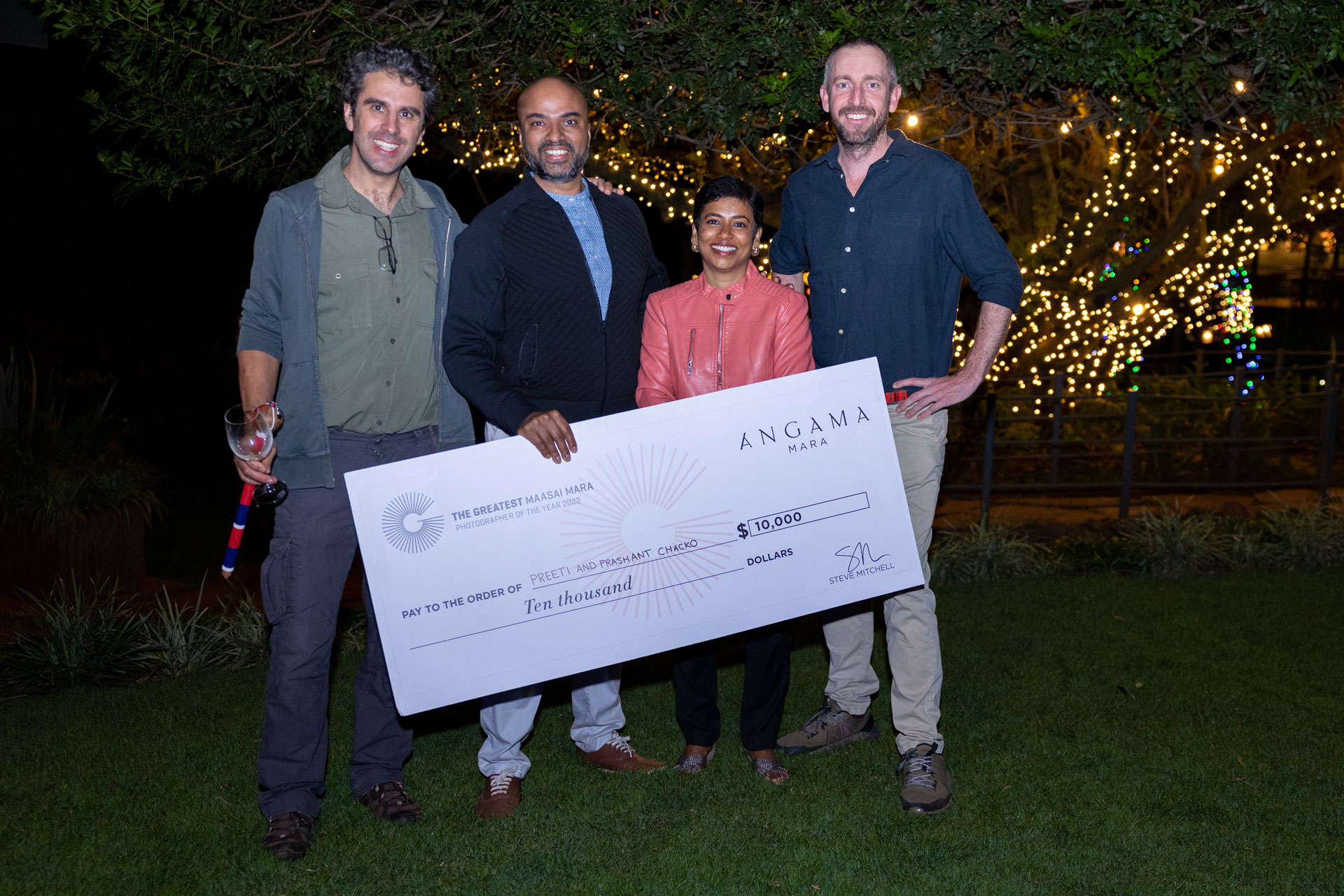
With this in mind, could there be a more fitting winner — or ‘winners’ — than Preeti and Prashant Chacko from Kenya, with their image ‘Hallelujah’? A scene so quintessentially Maasai Mara, yet captured with great mastery and impeccable timing.
But don’t be fooled — the competition was fierce. More than 1,000 images were entered by over 350 photographers from 30 countries. From January through October, the judges whittled each month’s entries down to just five finalists establishing our Top 50, and eventually, made the difficult decision to select just 10 Finalists, each showcased below with the moment described by the photographer.
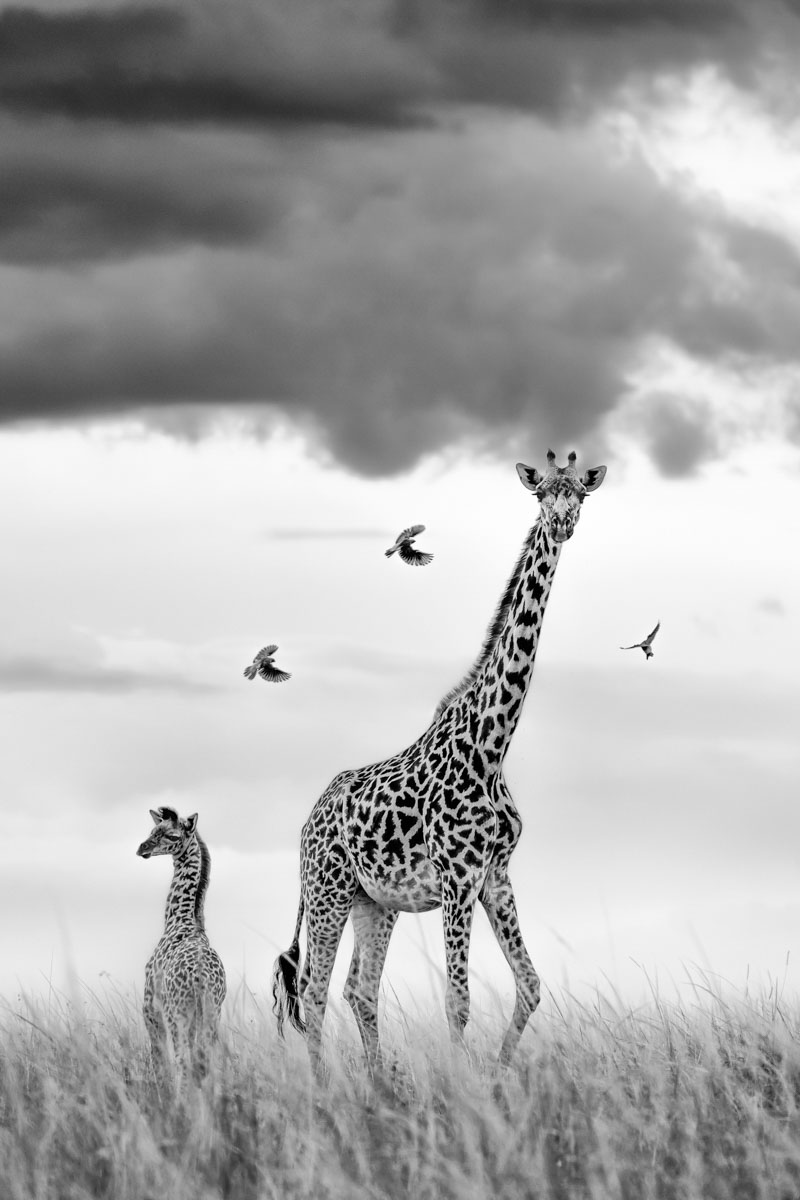
'We had spent a good deal of time with a small journey of giraffe, made notable by the antics of this youngster, who was keenly exploring its surrounds at a reasonable distance from its mother. Our guide Jackson told me to be prepared for when the calf would return to the mother, as that usually results in something memorable to photograph. The calf returned but what transpired was beyond what we expected, with the ox-peckers seeming to us like angels singing Hallelujah'!

'We had seen this lioness a few days earlier and could tell that she was a new mother, but she was hunting and the cubs were hidden away somewhere. We searched a few times to find her with her cubs and on our last day, we were successful. It was a lovely morning and dad was around soaking up the sun while mom and her sister took the cubs on a walkabout. What made this all the more exciting was that there were very few vehicles nearby and so she had the ability to move without interruption'.

'I got to understand with time that powerful wildlife images are the ones that translate an emotion, which is often the result of the interaction between two or more animals. My experienced guide and I discussed this topic at several occasions in order to ensure his vision was aligned to mine. Luck was on our side when we crossed paths with these two young adult giraffes during their necking practice session. We noticed they were doing it in a quite friendly way, to avoid hurting each other as the moment of force generated by the movement of their long necks could indeed be harmful in real fight situations. When they went a bit too hard, a moment of care and affection almost immediately followed, as if it was their own way of saying ‘sorry’. I felt this one was one of them'.

'We found Short-Tail lounging just after sunrise. He graced us with a little drink from a nearby puddle, resulting in this beautiful dripping of water from his mane and beard'.
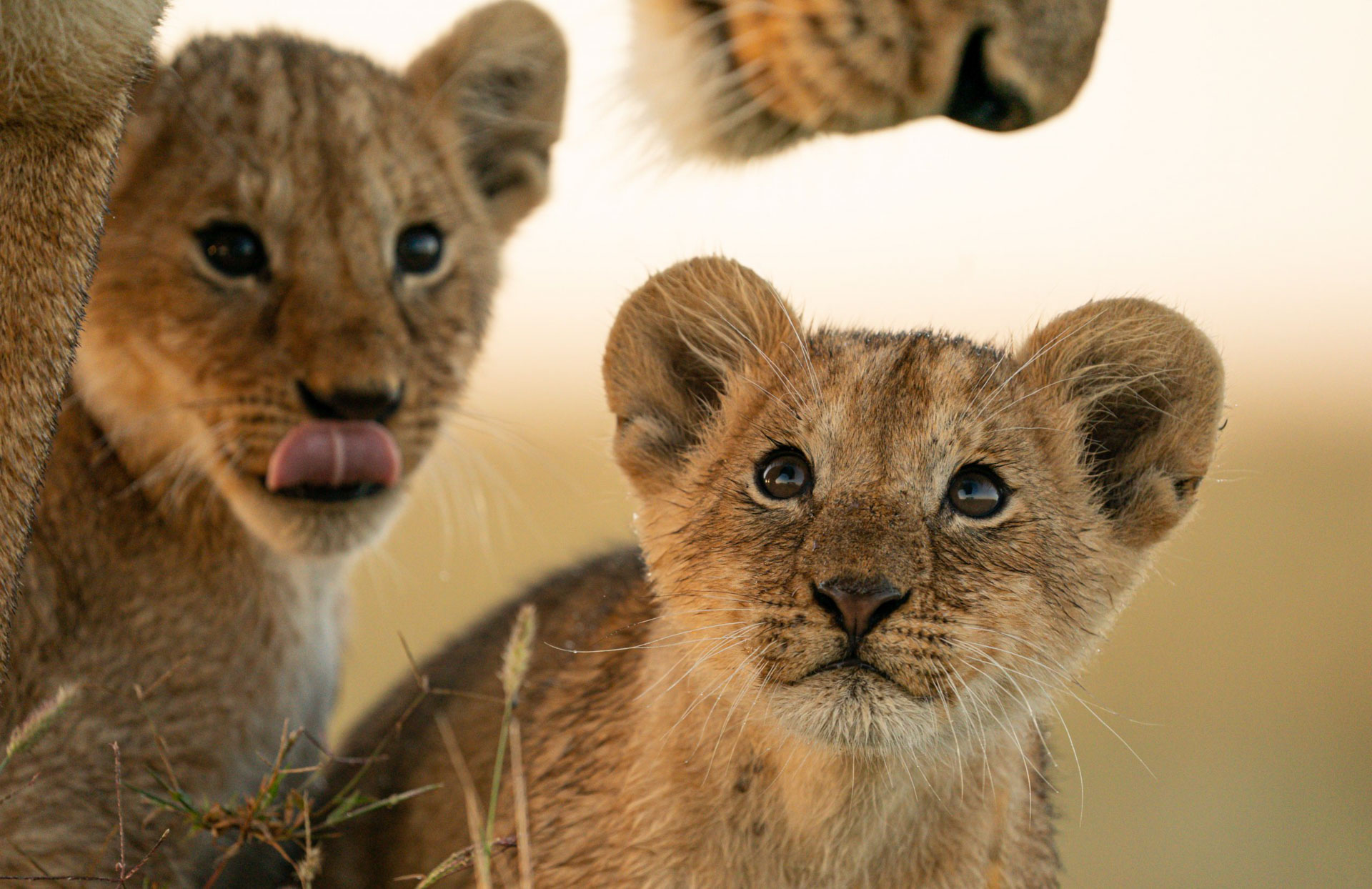
'It was a beautiful morning safari in the Maasai Mara when our guide decided to take us to the Topi Pride as they had been seen roaming in their territory looking for food. We spotted the cubs near the foot of the hills where they are known to live. We waited for more than 45 minutes before we could see the pack of lionesses coming towards their cubs. In anticipation of good moments of them meeting their waiting cubs, we positioned our vehicle close to an anthill hoping that the lionesses would climb over it and the cubs would follow. We were proven right and when one of the lionesses went up to her cubs, we got our moment where we took some close-up shots in the warm morning sunlight. One such moment was this where I intentionally kept the mother almost out of the frame and only focused on the eye of the cub resulting in this shot'.

'We watched this serval cat scan the area, finally pounce and prey upon a mouse, and then stand satisfied for a few minutes as the early morning sun lit up her fur from behind making a glowing halo around her'.

'Our guide encouraged a quick departure from camp early one morning as we'd previously seen a massive herd eager to cross over to the Triangle from Lookout Hill the evening before. Before we reached the river, a call from one of our other vehicles came in that the massive herd had just begun to cross at the Miti Moja crossing point. As we arrived we were greeted with a scene I'll never forget as a mega herd of wildebeest rushed down the bank as the red glow of a perfect sunrise pierced the sky. We were one of only three vehicles on either side to take in this epic scene while the early morning balloons can be made out in the far background in front of the rising sun. Photography was not surprisingly a challenge given the very low and contrasting light so I had to sacrifice ISO for a sharp image with the whole scene in view. A once-in-a-lifetime scene of nature's greatest show'.
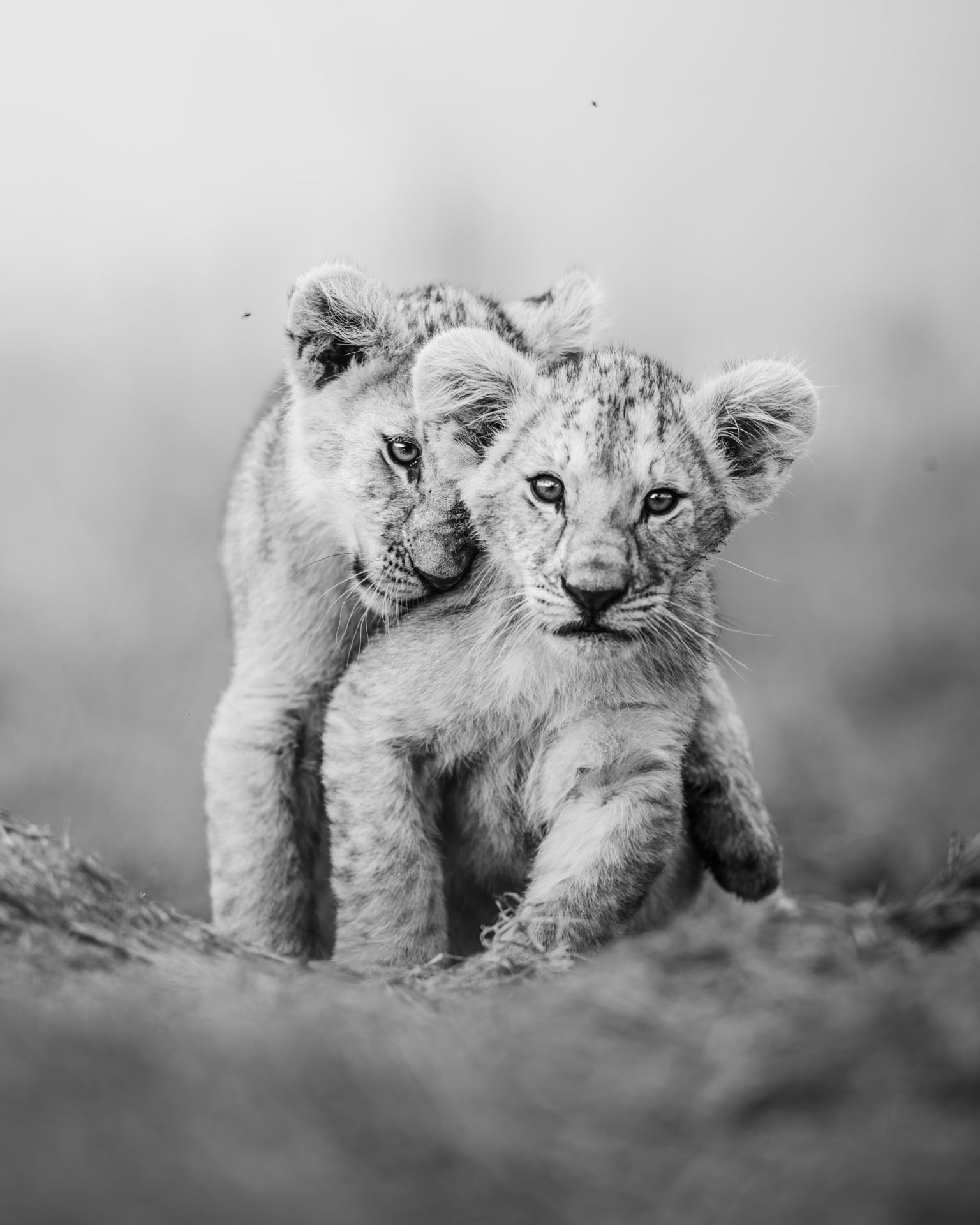
'After an hour spent watching the cubs, they finally took notice of our truck and decided to come explore. I captured this image as they made their way toward us along the path.'
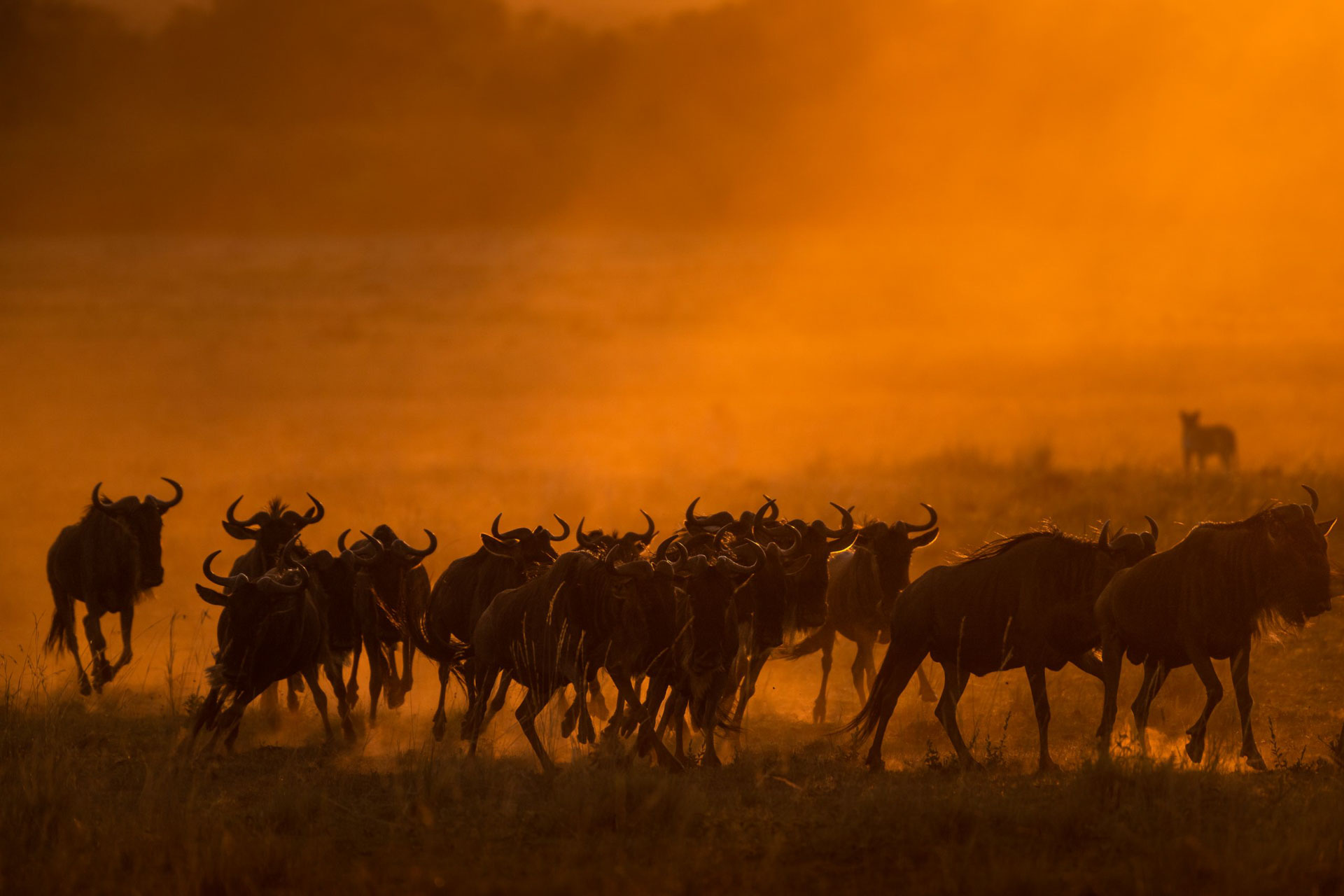
'Almost immediately after leaving camp, we encountered a group of three lionesses strolling through the still dewy grass in search of prey. Hoping that the cats would still be somewhat active in the early morning hours and that we would get pictures in good light, we followed them along the Mara River. Suddenly, startled by the danger from the now blood-orange-red dawn, a group of wildebeest ran straight at us and disappeared into nothingness. We were rewarded: the morning sun and the dust of the savannah gave this brief moment in a beautiful play of colours and an almost mystical mood'.

'Watching Nalangu kill an impala that afternoon was incredible. However, due to the size of the kill, it was impossible for her to carry it back for the little one. She walked to the usual hideaways and brought him out after about an hour of waiting. As she guided the cub to the kill, I realised we could get an amazing shot of her on her return, from the bottom of a river crossing. We quickly rushed to the bottom of the river bed and waited. She not only walked by it, but she stretched and looked towards us'.
The Greatest Maasai Mara Photographer of the Year will reopen for entries on 1 January 2023. Once again, the winner will receive US$10,000 and a five-night safari to Angama Mara, while the winning guide will go on an all-expenses-paid trip outside of Kenya. The fee is US$20 per entry, with the full amount going to a Mara-based conservation partner of the photographer’s choice: Angama Foundation, the Anne K Taylor Fund, the Maa Trust, the Mara Conservancy, the Mara Elephant Project and the Sheldrick Wildlife Trust. In 2022, more than US$15,000 was raised for the conservation partners through entry fees.
Filed under: Inside Angama
Subscribe for Weekly Stories
Comments (0):
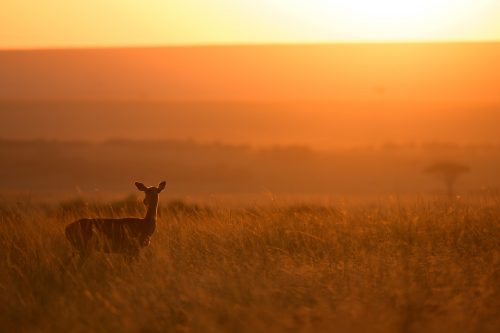
Rates & Availability